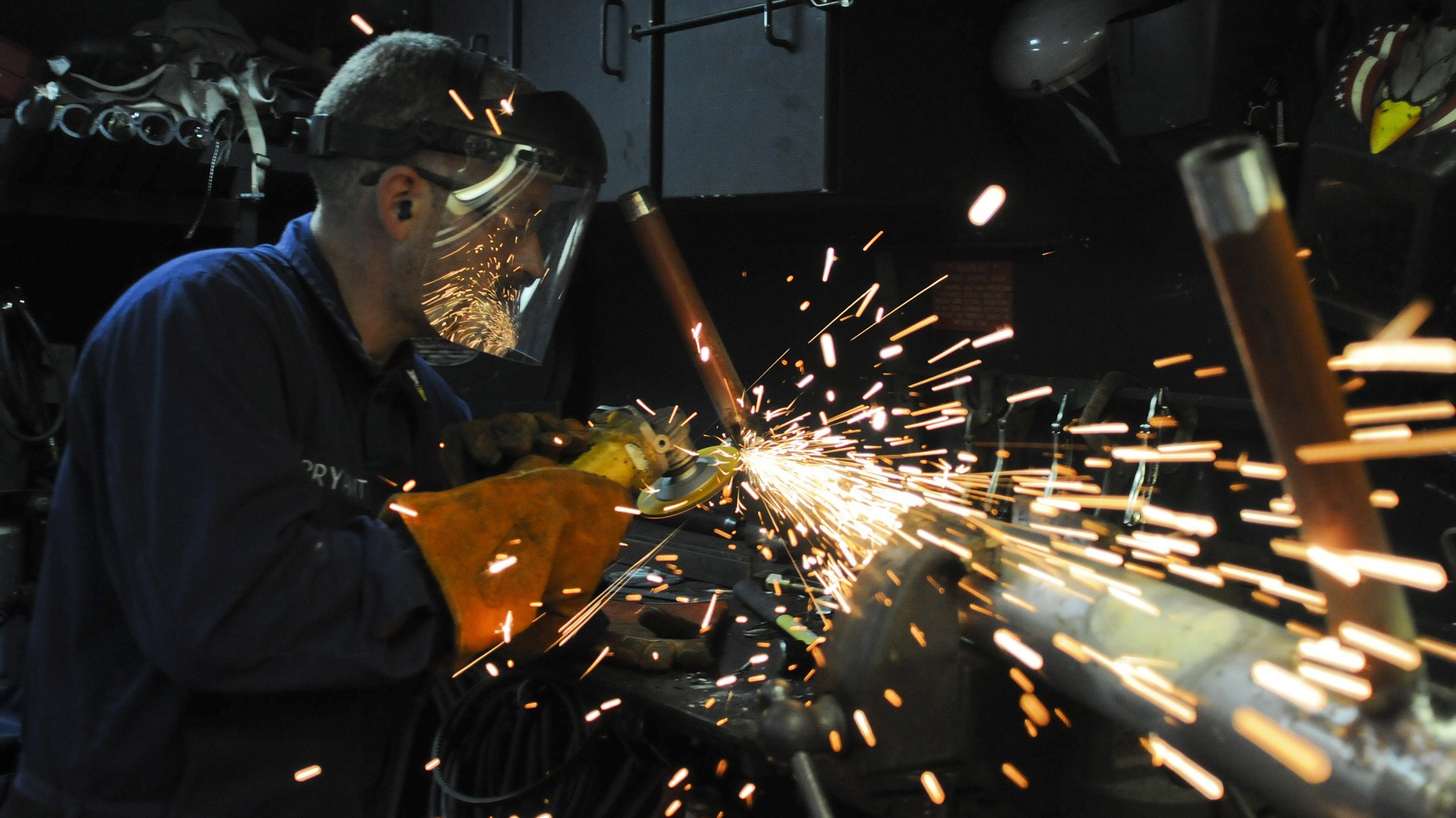One spark and a split second are the only two ingredients a disaster needs for happening in an environment where flammable vapors or gases are present.
Paint shops, oil refineries, chemical plants, cleaning facilities – these are just a few examples of environments that are extremely susceptible to explosions.
In such cases, safety measures are of utmost importance. An explosion can lead to devastating human and materials losses and its consequences could span for years to come.
Thus, it goes without saying that finding the right way to ensure safety has to be a priority across industries. When it comes to safety from explosions, there 2 main methods to tackle it: intrinsic safety (IS) and explosion-proof housings.
Let’s take a closer look at the benefits of intrinsic safety!
When electrical equipment and instrumentation must be installed in a hazardous environment, IS offers several benefits.
1. A safe work environment
Every once in a while we read news about an oil rig or plant that exploded and caused numerous victims and material damages. But we rarely think this could happen to us.
However, you can be sure that this is exactly what the owners and safety managers of the plants that did explode thought. Hazardous locations are, by definition, those that pose great risks.
When it comes to the safety of your employees, you should never cut corners. A safe work environment doesn’t just mitigate the risk of loss of human lives. It also ensures that you don’t pay hefty fines upon safety inspections or even heftier damages.
Lastly, you will get a lower personnel turnover. No one wants to work in a place that endangers their lives. So, when your workers realize the danger, they will look for another job.
2. Lower installation costs
When compared to explosion proof enclosures, intrinsic safety devices are much lighter and less bulky. Explosion proof enclosures weigh more and occupy more space because of the inherent safety provision. This means that your installation costs will be lower and you will have the ability to use standard instrumentation cables.
Even more, the conduit, seals and enclosures in explosion proof wiring are typically quite expensive.
Your costs can also be lowered in the long run due to intrinsic safety. An explosion proof enclosure only limits the area where the explosion happens. It contains the explosion. On the other hand, intrinsic safety devices eliminate the possibility of an explosion.
3. No workflow interruption
When you rely on explosion proof enclosures, maintenance and diagnostic can become an ordeal. Since this method does not actually prevent explosions from happening, whenever you perform maintenance and diagnostic operations you essentially have to shut production down and ventilate the area.
Explosion proof enclosures also require more frequent maintenance checks for leaks and damage, as they are more prone to both.
When it comes to intrinsically safety devices, you can perform maintenance and diagnostic without interfering with your workflow. Since intrinsically safe devices operate on low power and don’t allow explosions to happen, you don’t need to ventilate the area or remove workers from the premises when you do your regular inspections.
4. More flexible installations
Since you don’t have to deal with bulky wiring and the chance of having an explosion happen a small one, your safety installation are more easily customizable.
We all know that there are rarely work areas that look just like in the “book”. The possibility to customize your safety methods around every nook and cranny can significantly lower costs, improve safety and provide more time-proof investment.
What is certain is that choosing intrinsically safe devices over explosion proof enclosures is recommended for all of the above reasons.


